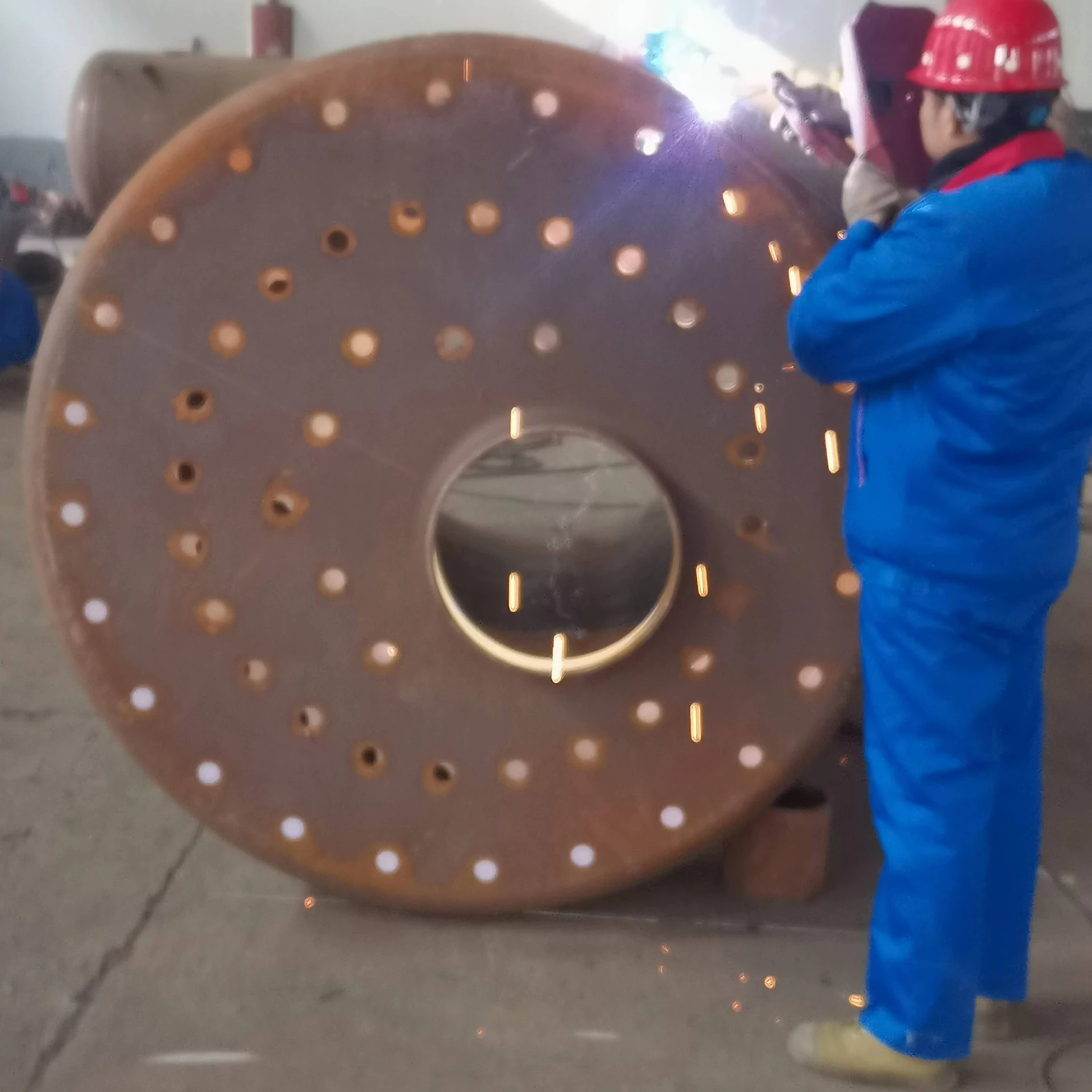
Dec . 06, 2024 23:03 Back to list
Guide to Setting Up a Steam Boiler for Efficient Operation and Performance
Installing a Steam Boiler A Comprehensive Guide
The installation of a steam boiler is a critical component in various industrial processes, heating systems, and even some residential applications. Understanding the installation process is essential for ensuring efficient operation and compliance with safety regulations. This article provides a comprehensive overview of the steps involved in installing a steam boiler.
Understanding the Basics
Before diving into installation, it's important to understand what a steam boiler is and its purpose. A steam boiler converts water into steam through the burning of fuel. The steam produced can be used for heating, powering turbines, or driving manufacturing processes. Boilers can run on various fuel sources, including natural gas, oil, coal, or biomass.
Preliminary Considerations
Before installation, several factors must be assessed
1. Type of Boiler Decide which type best suits your needs fire-tube, water-tube, or electric boilers. Each has its advantages depending on the application.
2. Location The boiler should be installed in a location that allows for adequate ventilation and access. Consider factors like exhaust systems, water supply, and drainage.
3. Regulations Familiarize yourself with local building codes and safety regulations. Certain jurisdictions may require permits or inspections before installation.
4. Size and Capacity Calculate the required capacity based on the intended use. Oversizing can lead to inefficiency, while undersizing can result in inadequate steam supply.
Installation Steps
installing a steam boiler

1. Preparation Before installation, ensure that the area is clear of any debris and that necessary tools and materials are prepared. This includes safety gear, piping, insulation, and electrical supplies.
2. Foundation and Support A solid foundation is crucial for the stability of the boiler. The foundation should be level, strong, and capable of supporting the boiler's weight. Depending on the size, this may require concrete footings or a dedicated platform.
3. Assembling the Boiler If the boiler comes in parts, follow the manufacturer's instructions for assembly. Ensure that all components fit perfectly and that there are no obstructions.
4. Connecting the Boiler This step involves connecting the water supply, steam piping, fuel lines, and electrical supply. Use high-quality materials to prevent leaks and ensure safety - Water Supply Connect the water inlet to the mains and install a shut-off valve for easy maintenance. - Steam Piping Use proper piping materials suitable for high-pressure steam. Insulate the pipes to reduce heat loss. - Fuel Lines Install the fuel supply according to the manufacturer's specifications, ensuring all connections are secure. - Electrical Supply Ensure that the electrical connections comply with local codes. Grounding the boiler is essential for safety.
5. Installing Safety Components Install safety valves, pressure gauges, and water-level indicators. These components are crucial for monitoring and maintaining safe operating conditions.
6. Testing and Commissioning Once the installation is complete, conduct several tests - Pressure test the system to check for leaks. - Fill the boiler with water and ensure the water level is within the safe range. - Start the system slowly, allowing the boiler to reach operating pressure gradually. - Monitor safety devices to ensure they are functioning correctly.
7. Training and Documentation Provide training for operators and maintenance personnel on the boiler's operation and safety measures. Keep documentation of the installation, operating manuals, and safety protocols accessible for future reference.
Ongoing Maintenance
After installation, regular maintenance is key to the longevity and efficiency of the steam boiler. This includes routine inspections, flushing the system, checking safety devices, and servicing the boiler components as recommended by the manufacturer.
Conclusion
Installing a steam boiler is a complex process that requires careful planning, adherence to safety standards, and proper execution. By following the outlined steps and considering important factors, you can ensure a successful installation that meets your steam generation needs. Always consult with professionals and refer to manufacturer guidelines for the best results in your boiler installation project.
-
How to Maintain a Steam Boiler Expert Tips for Efficiency & Longevity
NewsApr.29,2025
-
Professional Steam Boiler Service AB Expert Maintenance & Repair
NewsApr.29,2025
-
Hot Water Steam Boilers Efficient Heating Solutions & Expert Tips
NewsApr.29,2025
-
Hot Water Boiler Capacity Calculation Guide Efficient Design Tips
NewsApr.28,2025
-
How to Drain a Steam Boiler Step-by-Step Safety Guide
NewsApr.28,2025
-
How to Install a Hot Water Boiler Optimal Pressure & Efficiency Guide
NewsApr.28,2025
Related PRODUCTS






















